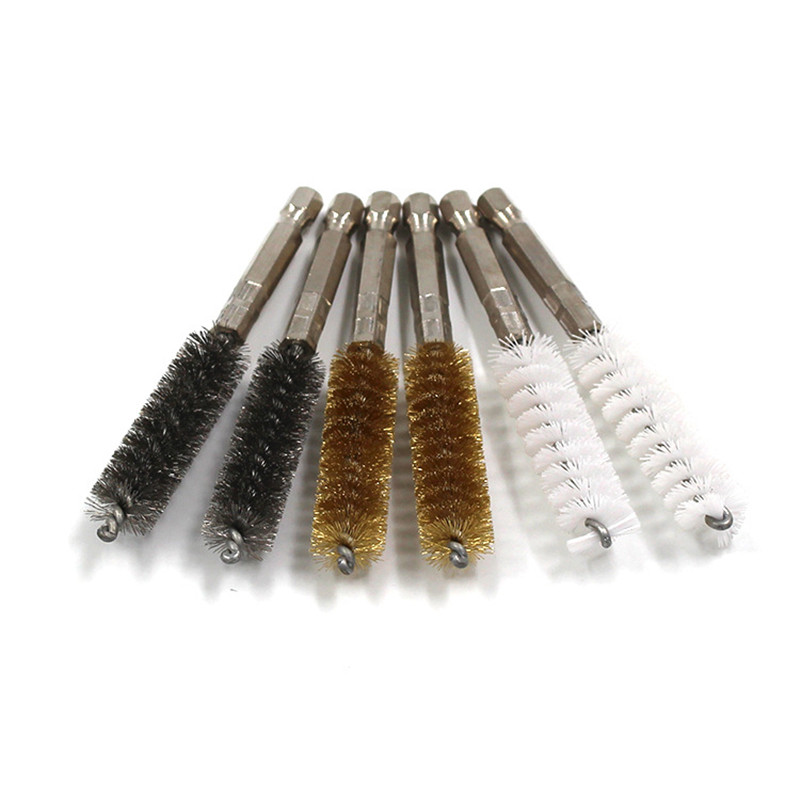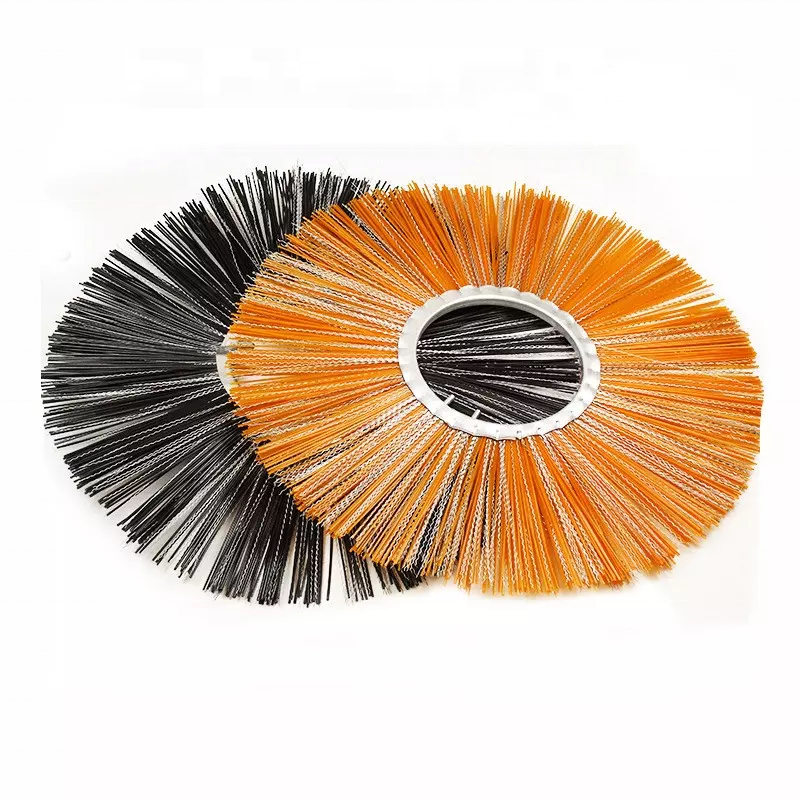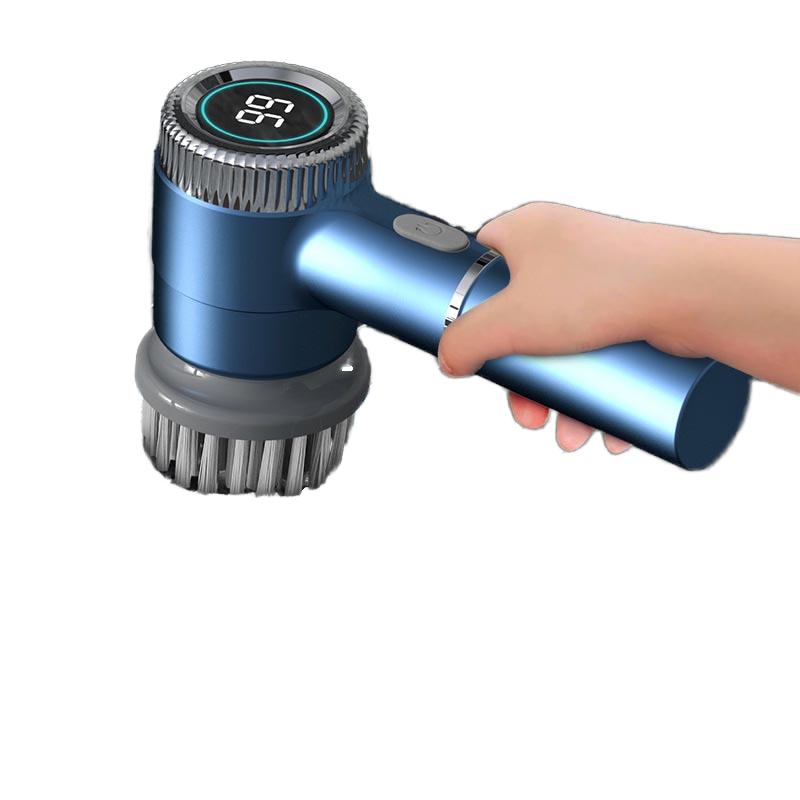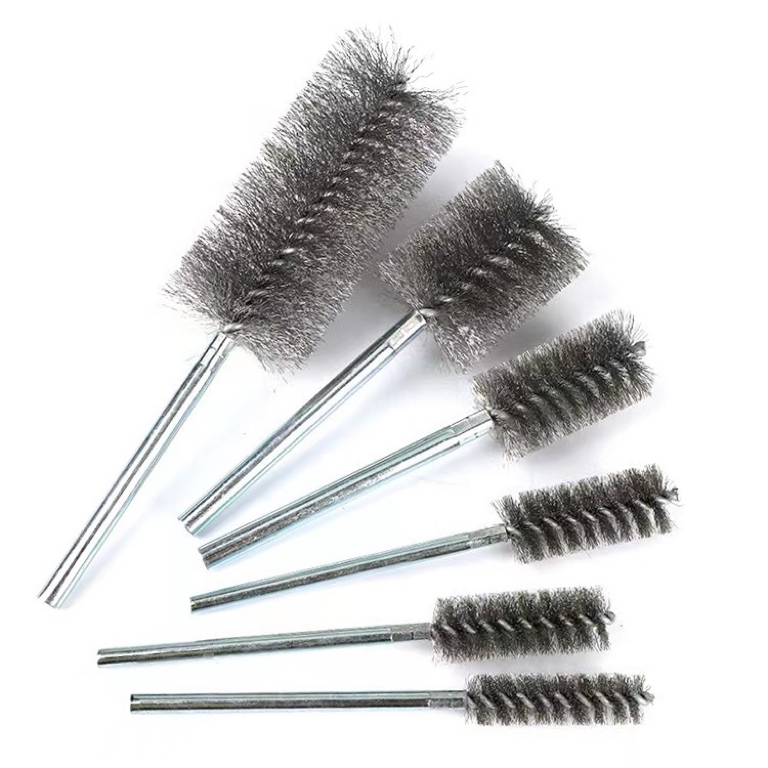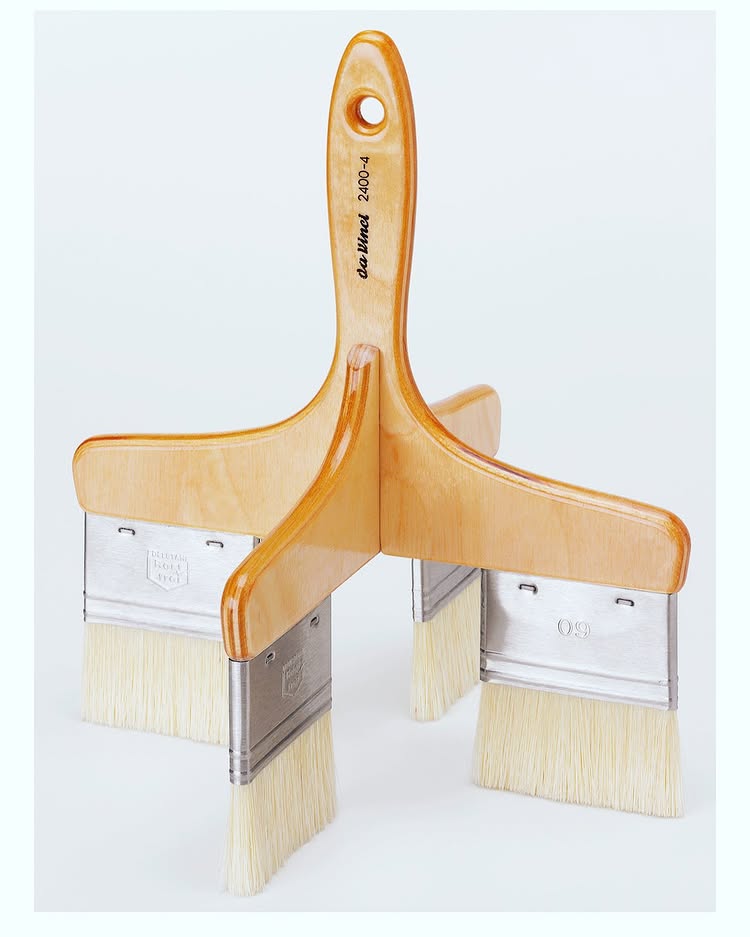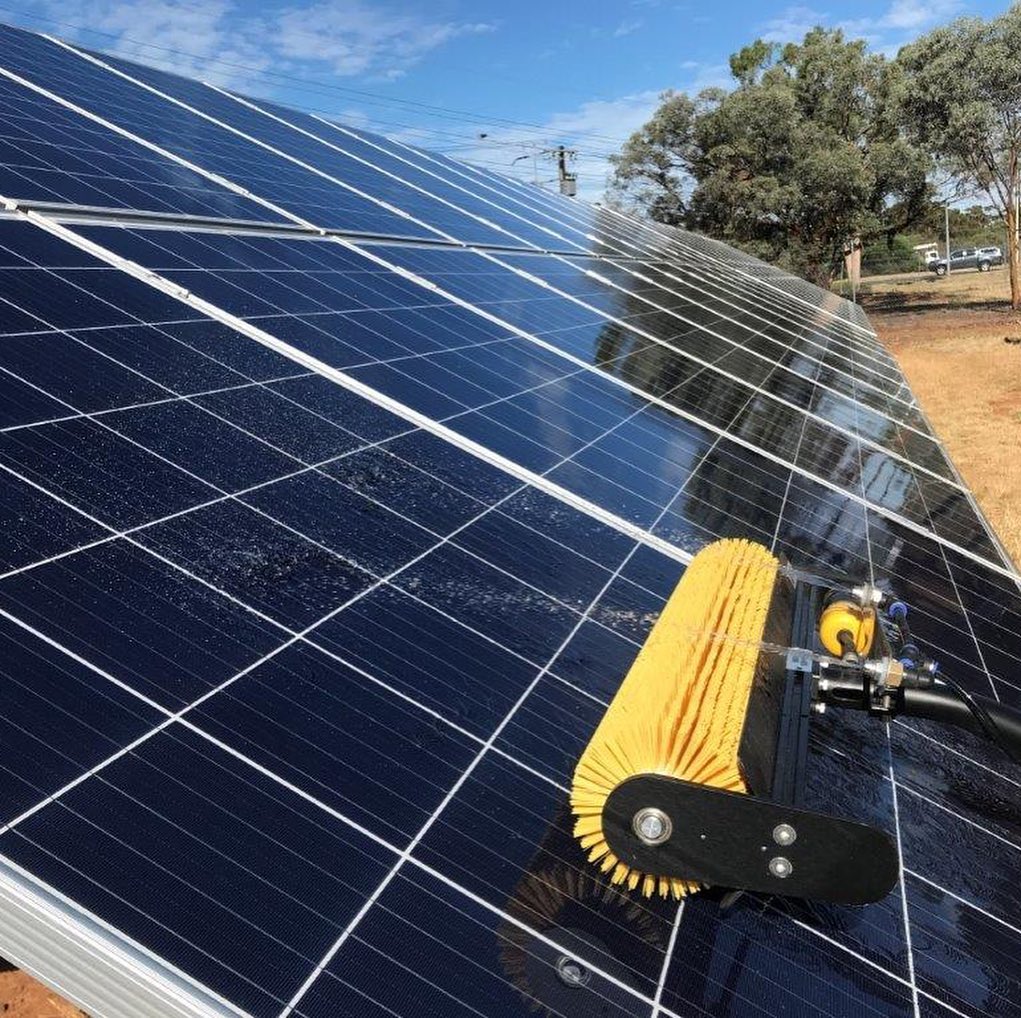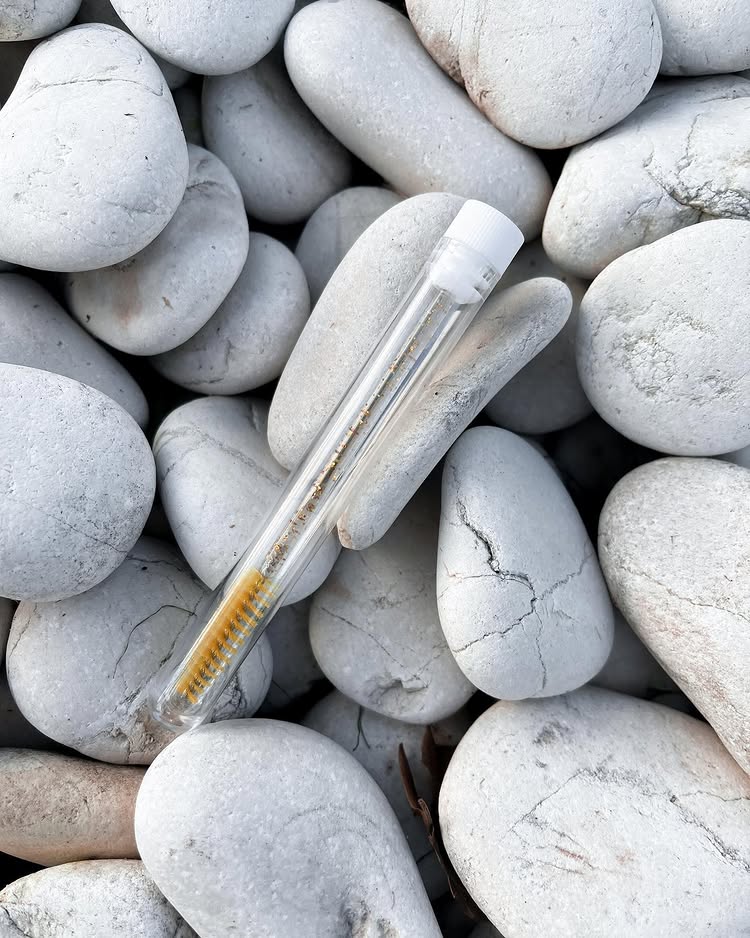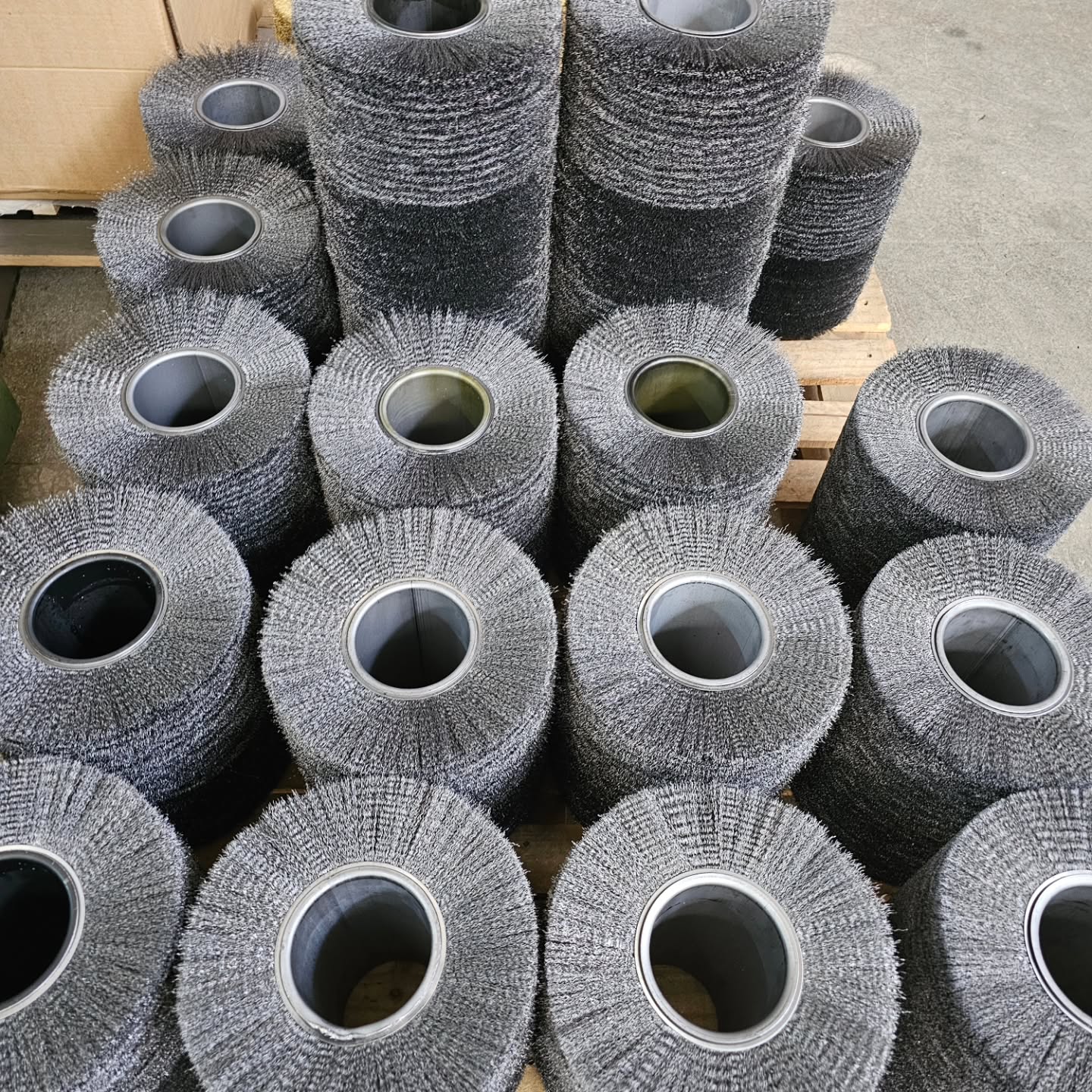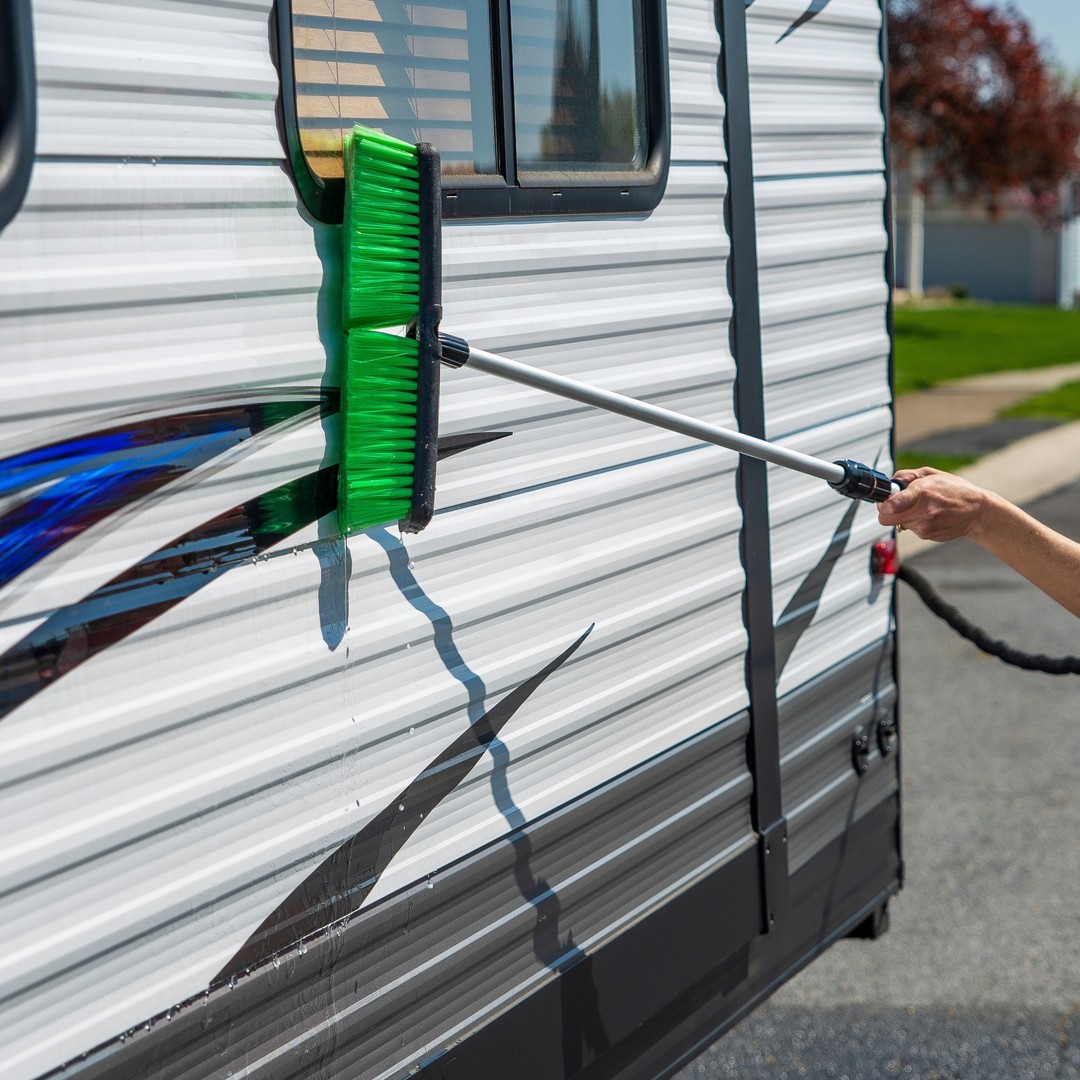Tabl Cynnwys
Choosing the correct brush type significantly impacts the outcome of any painting project, whether you’re working on detailed interior home painting or rougher tasks like staining outdoor furniture. Two common types—bristle brushes (often referred to as regular paint brushes) and chip brushes—serve distinct purposes, with notable differences in design, material, and application.
Understanding Bristle Brushes (Regular Paint Brushes)
Bristle brushes are crafted to offer precision, control, and smooth finishes, especially suitable for detailed tasks. They’re typically made from high-quality synthetic fibers or natural bristles such as hog or ox hair. These brushes feature softer, tapered bristles that enable painters to achieve a consistent, even coat, making them ideal for interior home painting and delicate finishing work.
Bristle brushes vary widely in shapes and sizes. Flat brushes, angled brushes, and round brushes all fall under this category, each suited to specific tasks—such as cutting in around trim, applying smooth coats to walls, or painting fine details.
Understanding Chip Brushes
Chip brushes, in contrast, are inexpensive, straightforward brushes designed primarily for functionality rather than precision. They typically use coarse natural bristles or synthetic fibers, arranged in a simple flat and wide configuration. Their bristles are notably stiffer, enabling a more aggressive application of paints or chemicals.
Chip brushes are widely used for tasks involving harsh substances—like epoxy, glue, stains, and primers—where finesse is less important than efficient coverage. Because chip brushes are disposable, they’re especially convenient when working with materials that are difficult to clean, making them a practical choice for quick projects or applications on rough surfaces.
Key Differences between Bristle Brushes and Chip Brushes
| Nodwedd | Bristle Brush (Regular Paint Brush) | Chip Brush |
|---|---|---|
| Deunydd | High-quality natural or synthetic bristles; soft, smooth texture | Natural or synthetic coarse bristles; rougher texture |
| Design | Softer, tapered bristles; various shapes and sizes including flat, angled, and round | Flat, wide, stiff bristles; basic, uniform shape |
| Defnydd | Detail-oriented painting, cutting in around edges, smooth finishes | Applying glue, stain, primer, epoxy; suitable for rough and less precise work |
| Gwydnwch | Designed for repeated use; higher durability with proper care and cleaning | Disposable; intended for single or limited use |
| Finish Quality | High-quality finish; minimal brush marks; suitable for professional applications | Coarser finish; noticeable brush marks; not suited for high-quality detailing |
| Cost | Higher cost due to quality materials and reusability | Low cost, affordable, economical for single-use projects |
| Cleaning and Maintenance | Requires careful cleaning and storage for longevity | Minimal maintenance; often discarded after use |
When to Use Each Type of Brush
Bristle Brushes (Regular Paint Brushes)
Bristle brushes excel in interior home painting scenarios where a smooth, professional-quality finish is crucial. Use them when:
- Painting walls, doors, and trim requiring neat, precise edges
- Applying finishes like gloss or semi-gloss paints
- Working with detailed decorative or artistic projects
Chip Brushes
Chip brushes are most effective in situations demanding practicality over precision. They work best when:
- Applying adhesives, primers, stains, or epoxy coatings
- Working on rough or irregular surfaces where precision isn’t critical
- Undertaking quick repairs or touch-ups where cleanup time needs to be minimized
Practical Tips for Choosing the Right Brush
Choosing between a chip brush and a bristle brush largely depends on the project’s nature and desired outcome. Consider the following:
- Project Size and Precision: For large, rough tasks or disposable use, chip brushes are economical and practical. For detailed tasks needing neat finishes, regular bristle brushes are indispensable.
- Material Application: Consider the material being applied. Thick, harsh chemicals suit chip brushes, while thinner paints and fine finishes require regular bristle brushes.
- Budget and Sustainability: For cost-sensitive tasks, chip brushes save money. For environmentally conscious or recurring jobs, reusable bristle brushes are more sustainable and economical over time.
Conclusion: Making an Informed Choice
Understanding the distinct roles and features of bristle brushes and chip brushes helps ensure successful painting outcomes. A chip brush offers affordability, convenience, and practicality for rugged tasks, while bristle brushes deliver precision, durability, and high-quality finishes essential in interior home painting and professional applications. Selecting the appropriate brush based on project requirements enhances both efficiency and quality, making your painting efforts more rewarding and effective.

